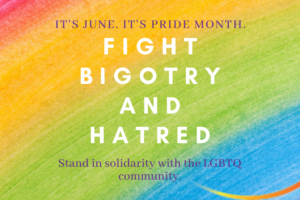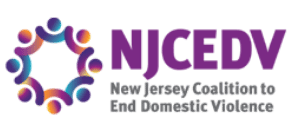A blog post explaining how one partner gaining and keeping power and control is the center of an abusive relationship, and alternatively, what healthy P/C looks like.
The ability to control our own lives through decisions is powerful, often defining who we are as individuals. For those experiencing domestic abuse, daily decisions may be taken away or limited by their abusive partner – taking away power and control, and impacting how survivors think of themselves.
Domestic abuse is a pattern of behaviors that someone uses to gain power and control over another partner. Abusive behaviors can be any combination of physical, sexual, verbal, emotional, mental, or financial abuse. At the center of all abusive behavior is the purposeful taking away of someone’s power and control.
At Safe+Sound Somerset, we define Power and Control as the ability to make decisions for yourself, set boundaries or limits, and give or take away consent. In a healthy relationship, both partners have equal power and control. This contributes to feelings of physical and emotional safety, of respect and trust, of confidence and security. In an abusive relationship one partner takes away or limits the other’s power and control. This can be traumatic for the survivor, leaving them with feelings of fear, uncertainty, low self-esteem, shame, or guilt.
The power to make our own decisions is something that people value from the very beginning of our lives. Think about the “terrible twos” – the developmental stage of toddlerhood when children first attempt to assert their control. Imagine a toddler’s reaction when they don’t get the choice they want – it’s often devastating for them. They may throw themselves kicking and screaming to the floor, sincerely in emotional pain because they couldn’t make that decision.
The ability to control our own lives through decisions becomes even more important as we grow, and as adults we make decisions all the time. These choices help us define who we are. Decisions can be as small as what to wear, what to put on your grocery list, and which friends to hang out with, or as big as what job you apply for, how many children you want, and where you want to live.
Many of the decisions that we make involve setting boundaries that contribute to feelings of safety, self-determination, and wellness. Boundaries are the limits, rules, and needs that someone has in their relationships with others; they are expectations of how we want (and deserve!) to be treated. There are several different types of boundaries:
- Physical and Sexual
- Emotional and Intellectual
- Financial and Material
- Time
You can read more about how rights and responsibilities provide a framework for establishing boundaries here.
Consent is a way to communicate our boundaries by giving permission to actions, behaviors, and activities. When someone has equal power and control with their partner, their consent or permission is always clear, freely given (not coerced or pressured), and can be taken away without fear of retaliation. Each partner in a healthy relationship respects the other’s needs and boundaries and listens when they say, “No.”
For domestic abuse survivors, every decision – from the most inconsequential to most important – may be taken away or limited by their abusive partner. This includes a survivor’s ability to set boundaries and give consent.
An abusive partner uses threats, manipulation, pressure, blackmail or lying to ignore, undermine or violate the survivor’s boundaries and decisions. If a survivor tries to stand up for themselves, the abusive partner dismisses their pain and frustration as “overreacting,” “imagining things,” or tells them “I’m just doing this because I love you,” or “be quiet or I’ll do something worse.” Abusive partners may try to coerce or force their partner’s permission by saying things like “if you really loved me,” “everyone does it,” or even accusing the survivor of abuse when they say, “No.”
One sign that someone is in an abusive relationship is that they “walk on egg shells” around their partner, fearful that any decision they make could make the abuse worse. The Power and Control Wheel is a tool that many domestic violence organizations use to show people different behaviors that abusive partners use to gain power and control over their partner.
At Safe+Sound Somerset, we help survivors understand that their choices never made the abuse worse. Rather, it was their partner’s abusive actions that took away their power and control to safely make their own decisions and establish boundaries. Through our client-centered, trauma-informed services, domestic abuse survivors can rebuild power and control in their lives, establishing safety and promoting hope and healing.
If you or someone you know needs help, support, or information, call or text our 24/7 hotline at 866.685.1122. Additional information can be found at www.safe-sound.org.










